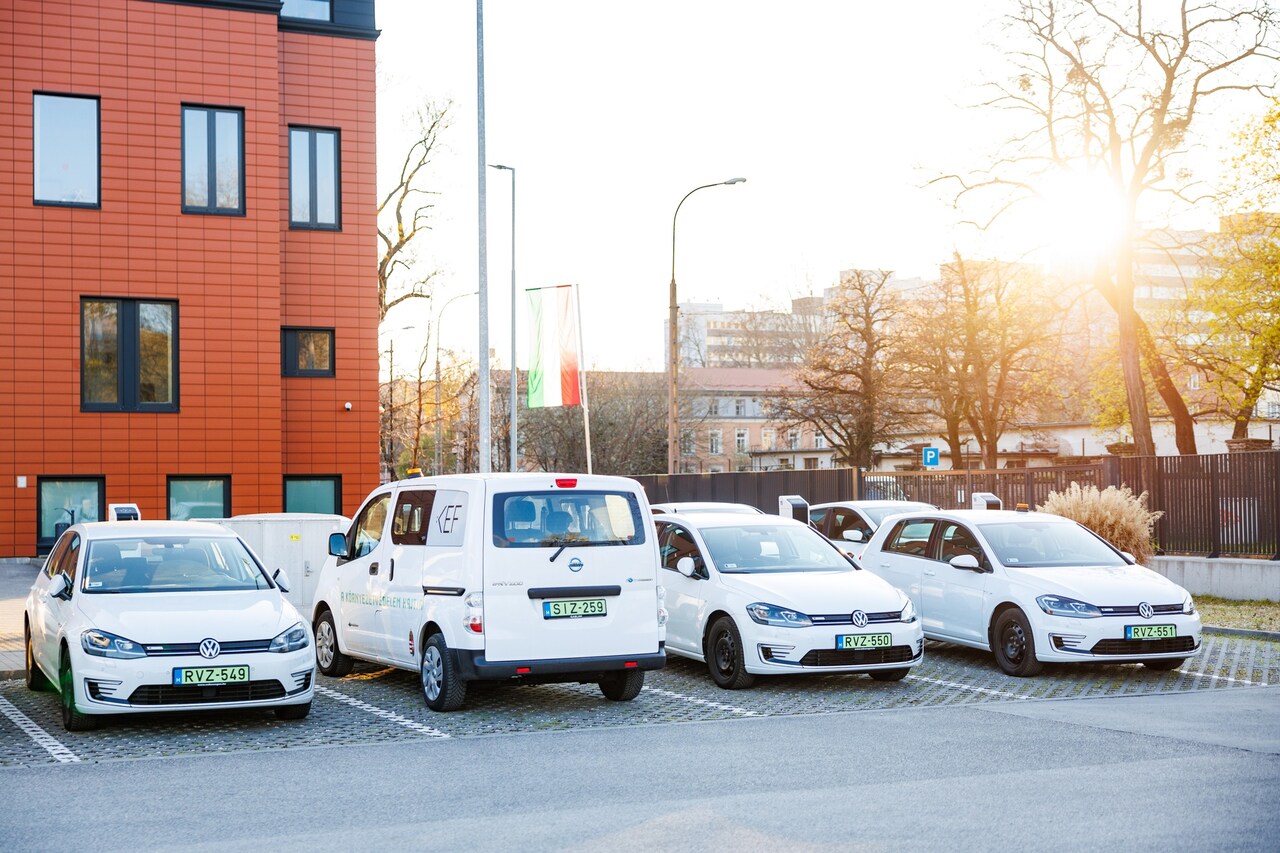Unveiled: How Hungary plans to spend the Chinese loan funds

Hungary is set to use part of its EUR 1 billion Chinese loan to fund the installation of electric vehicle charging stations in rural areas. This move comes as the government redirects funds due to delays and uncertainties with EU recovery grants.
According to Portfolio, the Chinese loan will be allocated to this project initially planned for EU funding. The government’s decision also involves using the loan for other related initiatives, reflecting a strategic shift in funding approaches.

Initially, this project was planned to be funded by the EU’s recovery loan framework through an upcoming HUF 28 billion (EUR 70.9 million) grant. However, with EU funds either delayed or uncertain, the government has decided to utilize the Chinese loan for this initiative. It appears that not only will part of the HUF 28 billion grant be covered by the Chinese loan, but also a separate HUF 30 billion (EUR 76 million) EU grant for electric vehicle purchases.
Since Daily News Hungary first reported in late July about Hungary’s quiet acquisition of a EUR 1 billion loan from Chinese banks, there has been speculation about how this significant funding would be used. The Debt Management Agency’s (Államadósság Kezelő Központ) database lists only broad categories for the loan’s purpose: “Financing the central budget’s expenditures in high technology, infrastructure development, transport infrastructure, and energy sectors.”
First reports about the possible usage of the loan
National Economy Minister Márton Nagy stated the following day that this loan “will be integrated into state financing, primarily for infrastructure development.” Meanwhile, Finance Minister Mihály Varga confirmed last week that “the Chinese loan is being used for energy efficiency investments,” although the Chinese partners have not agreed to declassify the loan agreement.
Portfolio now reports that at least HUF 28 billion from the nearly HUF 400 billion Chinese loan will be allocated to expanding electric vehicle charging stations in rural areas, a project initially planned to be funded by the EU’s recovery program.
The “Installation of Electric Vehicle Charging Stations” tender, coded RRF-REP-10.14.1-24, was socially consulted in early July and was expected to open in August, but it has not yet begun. Businesses with electric charging station operator licenses will be able to apply, committing to establishing at least one charging station in one of the 45 designated underserved districts.

Government substitutes EU recovery funds with Chinese loans
It is highly likely that the government intends to use the Chinese loan for both the HUF 28 billion EU grant and the ongoing HUF 30 billion electric vehicle purchase grant. This is supported by two factors.
First, when the government added the electric vehicle charging tender to the REPowerEU loan project list last August, it also added the electric vehicle purchase grant. A government decree allowed for these projects to be financed by the budget if EU funds were not received or were delayed, paving the way for using Hungarian and potentially Chinese funding.
Second, on 2 July, the Ministry of Energy highlighted the EU tender for expanding the charging network while reminding that the HUF 30 billion vehicle purchase program had already started in February, also under the REPowerEU framework.
If this report proves accurate, it will be the first tangible sign that the Hungarian government is substituting EU recovery funds with Chinese loans due to difficulties accessing EU funds.
Minister Márton Nagy previously indicated that “we are entitled to this money, but the EU is blocking us for political reasons.” He added, “We continue to fight for the funds, but it seems we are encountering very tough obstacles.”
EU recovery funds still out of reach
The government has yet to meet several key milestones for accessing EU recovery funds, and recent updates suggest a lack of progress or intention to meet these requirements, making access to these funds uncertain. However, the EUR 0.92 billion advance from the REPowerEU chapter may need to be repaid if milestones are not met by 2026. Consequently, it is notable that the government has sought a EUR 1 billion Chinese loan with objectives closely mirroring those of the EU’s recovery program.
The government’s choice to use Chinese funding for the tenders, despite challenges with EU funds, can be explained by several factors:
- According to the Ministry of Interior, the number of green license plate vehicles in Hungary has surpassed 100,000, with over 60,000 being purely electric. The HUF 30 billion vehicle purchase program and other initiatives suggest that developing charging infrastructure, along with significant upgrades to the electrical network, is crucial.
- The transportation sector’s greenhouse gas emissions are the second highest in Hungary after the energy sector, accounting for about 20%. Following a rise in emissions over recent years, last year saw the first significant decrease, over 7%. Expanding the charging network and electric vehicle fleet could further drive this reduction in the coming years.
Read also:
- BREAKING – Hungary took out a gigantic Chinese loan in secret – avoiding bankruptcy?
- Hungarian minister travelled to Beijing for more Chinese loans? – UPDATE: pact signed





